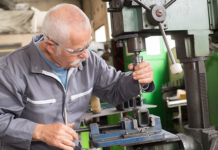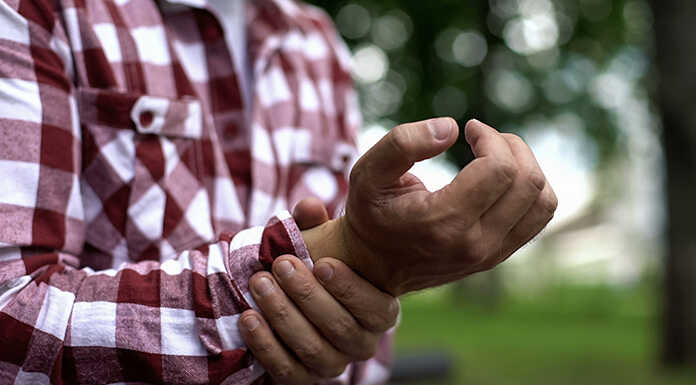We take so many things for granted each day. However, the ability to grasp and handle objects is something we rarely ever consider. We hardly take the time to think about how we are gripping an object. Until one day, when we experience an ache that gradually increases and then realize the importance of a pain-free grip.
Pinch grips – What are they?
Pinch grips are a stressful way to hold objects that can lead to hand problems over time such as tendon and nerve damage, tennis elbow, tendinitis of hand and fingers and the most common workplace hand injury – carpal tunnel syndrome. A pinching motion uses much smaller muscles in your hands – so picking up a two pound weight can be considered a high force. You see pinching when using small tools and handling flat objects (carrying drywall, handles on buckets).
The preferred grip
The preferred grip is the power grip. A power grip uses the muscles of the hand and forearm effectively and is less stressful than a pinch grasp. Consequently, a one- or two-handed power grip should be used whenever possible. A power grip can be described as wrapping all the fingers and the thumb around the object that is being gripped. It is sometimes described as making a fist around the object being gripped.
A major cause of lost time from work and worker disability continues to be musculoskeletal disorders, and they are one of the most rapidly growing health problems today. As employers, we can reduce the likelihood of injury by the choices we make in how employees do their jobs. Almost every job requires a tool – from a pencil to a drill. When purchasing a tool or evaluating a job consider the grip!
Helpful tips
We can reduce the likelihood of injury by the choices we make in how employees do their jobs. Tool design is important in reducing work-related musculoskeletal disorders. The greater the effort to maintain control of the tool, the higher potential for injury. Be sure to use tools with handles designed for power grip or increase the size of handles to reduce grip force.
By changing the way we think about jobs and ultimately the way we grasp objects, we can limit pinch grips and hopefully eliminate future injuries.

















